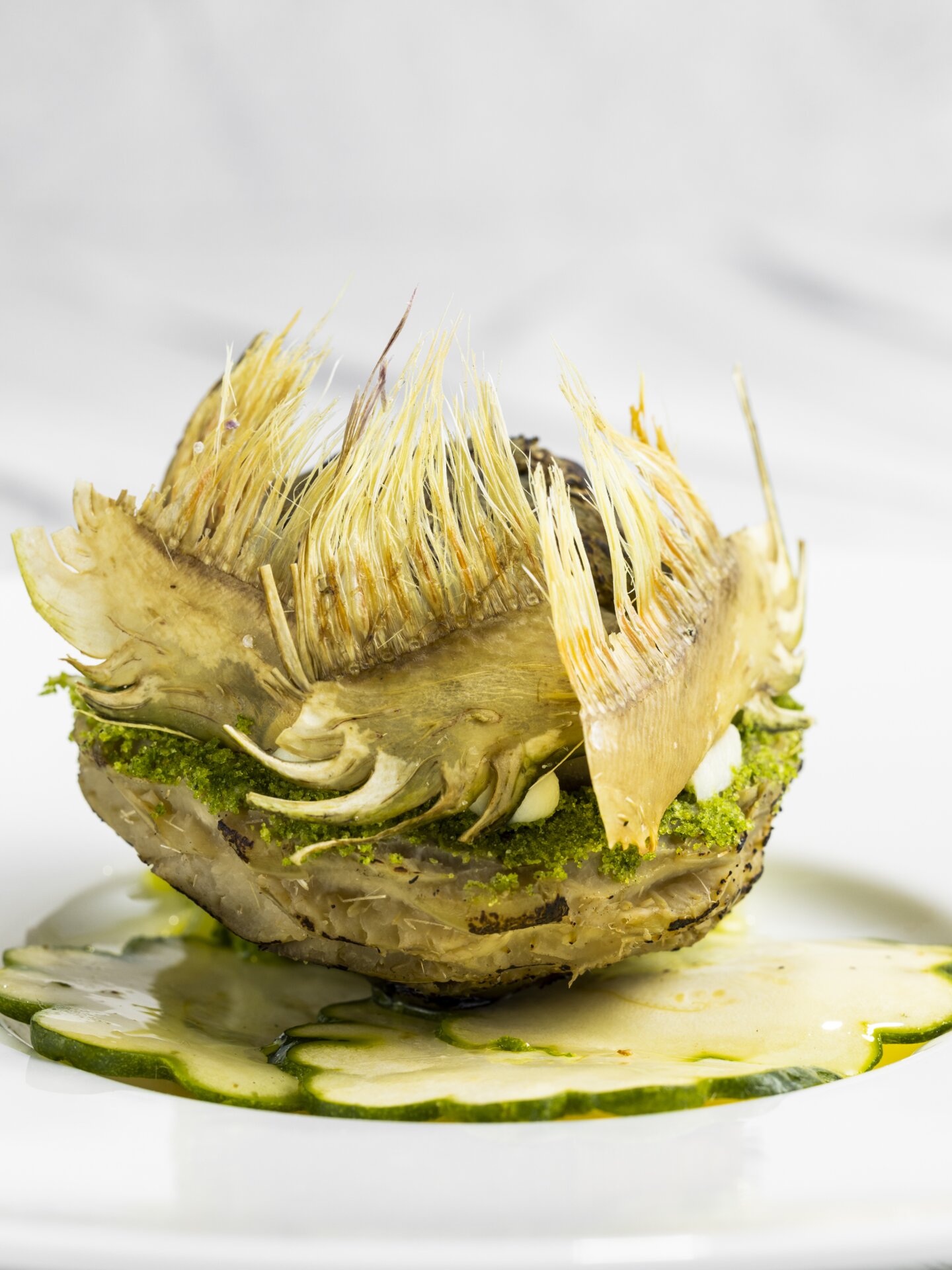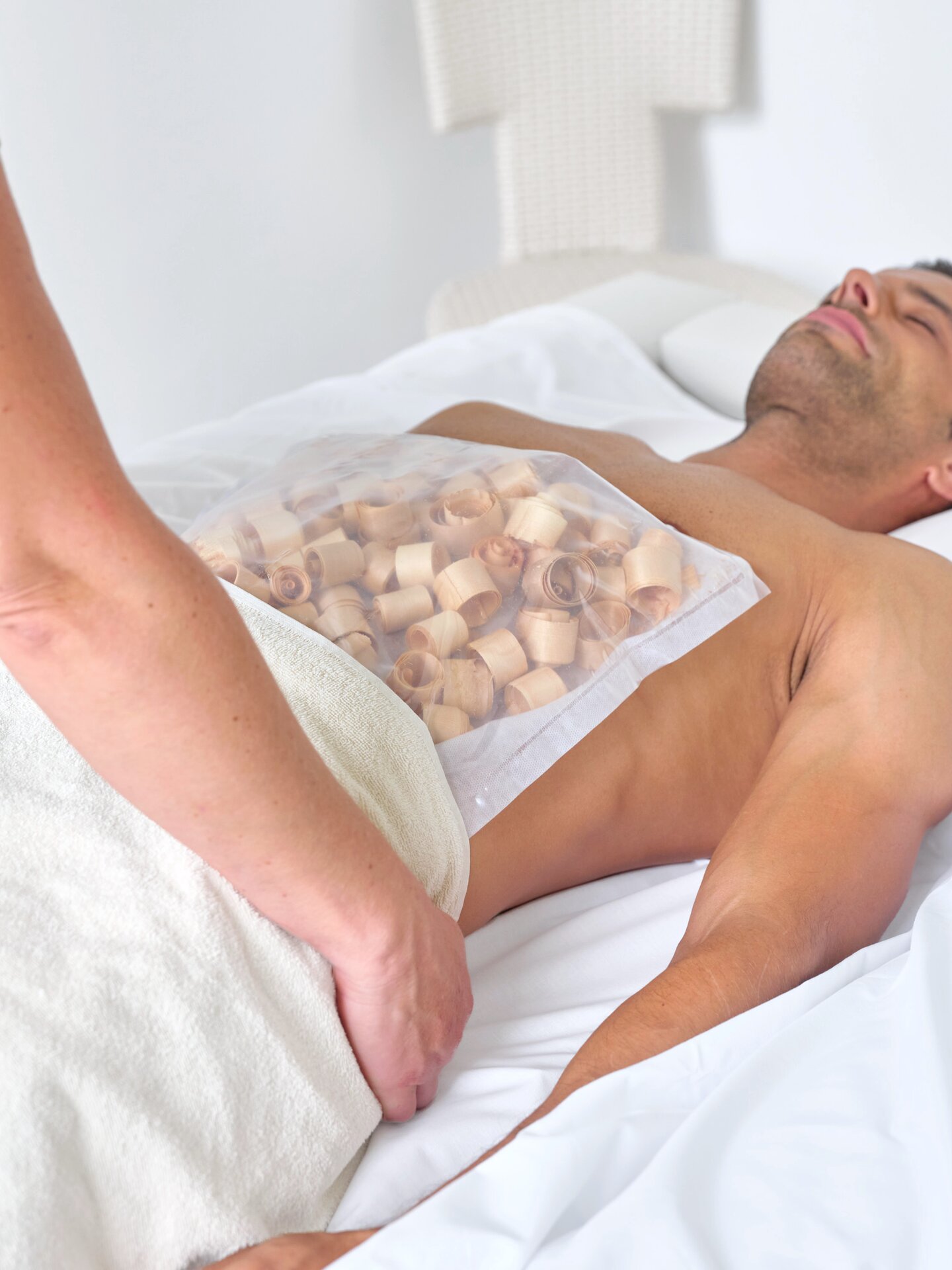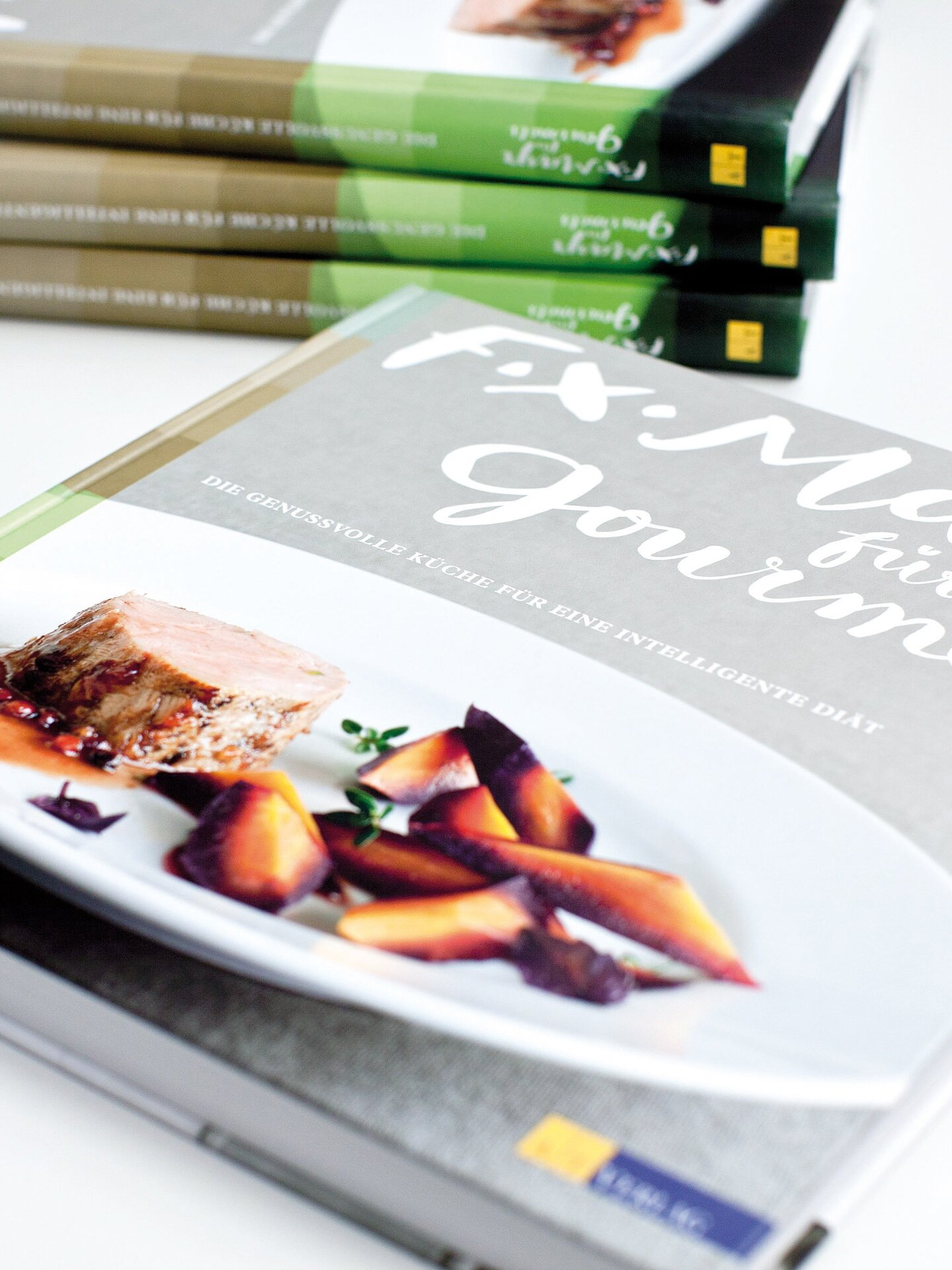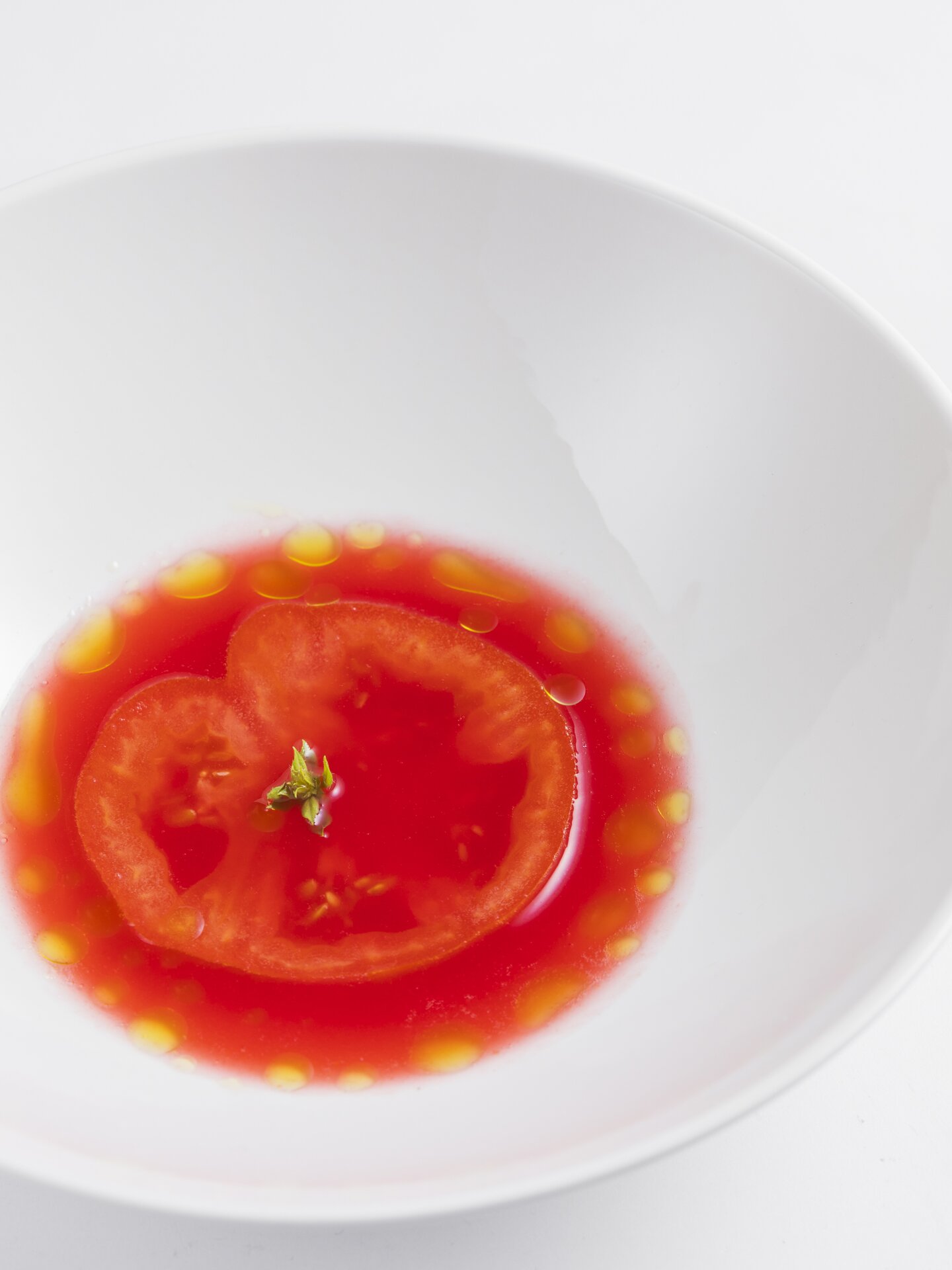Part II of our small series of articles on fermenting. We give you a little instruction on how to do it yourself and make a plea for sauerkraut and kimchi. We also reveal which vegetables you should start with when fermenting.
Lactose & Histamine
The right amount
Fermented vegetables are lactose-free, but some caution is advised for histamine intolerance: The longer fermented vegetables are stored, the more histamines they contain. “However, in histamine intolerance, it is especially important to sanitise the gut and support the body’s own microbiome. Thus, in mild cases of histamine intolerance, one should also regularly consume small amounts of fermented vegetables – starting with one teaspoon per day,” advises Dr Sonja Schottkowsky, Mayr doctor at Park Igls and also phytotherapist. She is an expert in the field of medicinal herbs and plants and their effects.
When preparing kimchi – the Korean version of 'sauerkraut' – fish sauce is added, which has a very high histamine content. This can also be omitted, which leads to lower histamine content and improves tolerance.
“If you want to try fermenting yourself, start with white, red or Chinese cabbage or carrots,” the Mayr doctor recommends. “And don’t be afraid to make mistakes! If you work cleanly, deficient fermentations rarely occur with the vegetables mentioned, because the absence of oxygen means that problematic germs can hardly multiply.” Should mould nevertheless form during the fermentation process, the contents of the jar must be disposed of. In the case of creamy yeast, on the other hand, which can be visually distinguished from mould, the top layer is simply skimmed off. You can recognise cream yeast by its very fine, velvety surface and its white colour throughout.
Our Chef is enthusiastic about...
The fine acid note
Apart from the health and sustainability benefits, the taste of fermented vegetables is also appealing. Markus Sorg, head chef at Park Igls, is enthusiastic about the fine note of acidity that balances every dish: “In our hotel, the topic of wholesomeness is important: On the one hand, fermented vegetables are easier to digest than raw vegetables, so they can also be eaten in the evening. On the other hand, the fermentation process develops versatile aromas and flavours.” The effect of fermented vegetables can be supported by the addition of spices. Caraway seeds in sauerkraut, for example, have a positive effect on taste and tolerability. Here, there is virtually no limit to how much you can experiment.
Fermenting at home
A short guide
Almost all vegetables are suitable for fermentation: white cabbage, red cabbage, Chinese cabbage and carrots are particularly recommended for first experiments. To do this, cut or slice the vegetables into strips about 3 centimetres wide.
Mix the vegetables with salt (2% of the weight of the vegetables, which is equivalent to 20 grams of salt per kilogram of cut vegetables) and knead well until the vegetables soften and leave liquid. The addition of flour or sugar to stimulate bacterial growth is not necessary!
Put the vegetables into clean, preferably sterilised preserving jars (for example, Weck or Rex jars), pressing down firmly so that they are covered by their own juices. Ideally, the vegetables should be weighed down with a glass weight: this prevents the vegetables from being pressed above the liquid level during the fermentation process and starting to mould. Jars and lids can be sterilised very easily by placing them in a pot of boiling hot water (100 degrees Celsius) for about 10 minutes. Drain the jars and lids briefly and do not touch the inside.
The fermentation process takes one to two weeks: To do this, leave the jars in a dark place at room temperature until the desired fermentation begins.
After opening the jar for the first time, the vegetables should be stored in the refrigerator.
Unopened, the fermented vegetables will keep for many months if stored correctly (cool, dark).
















